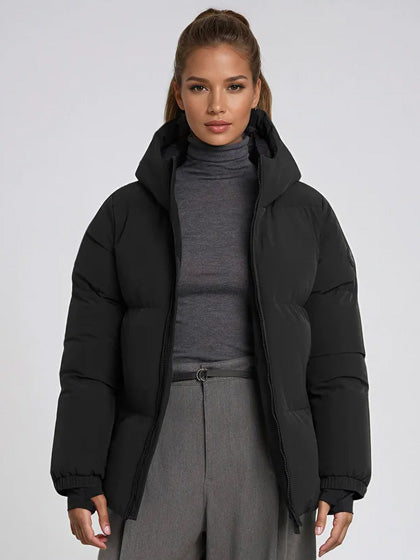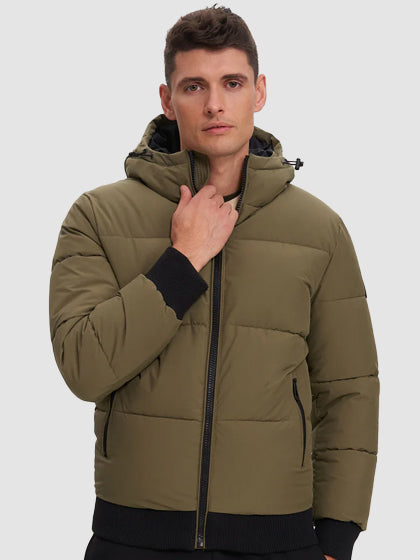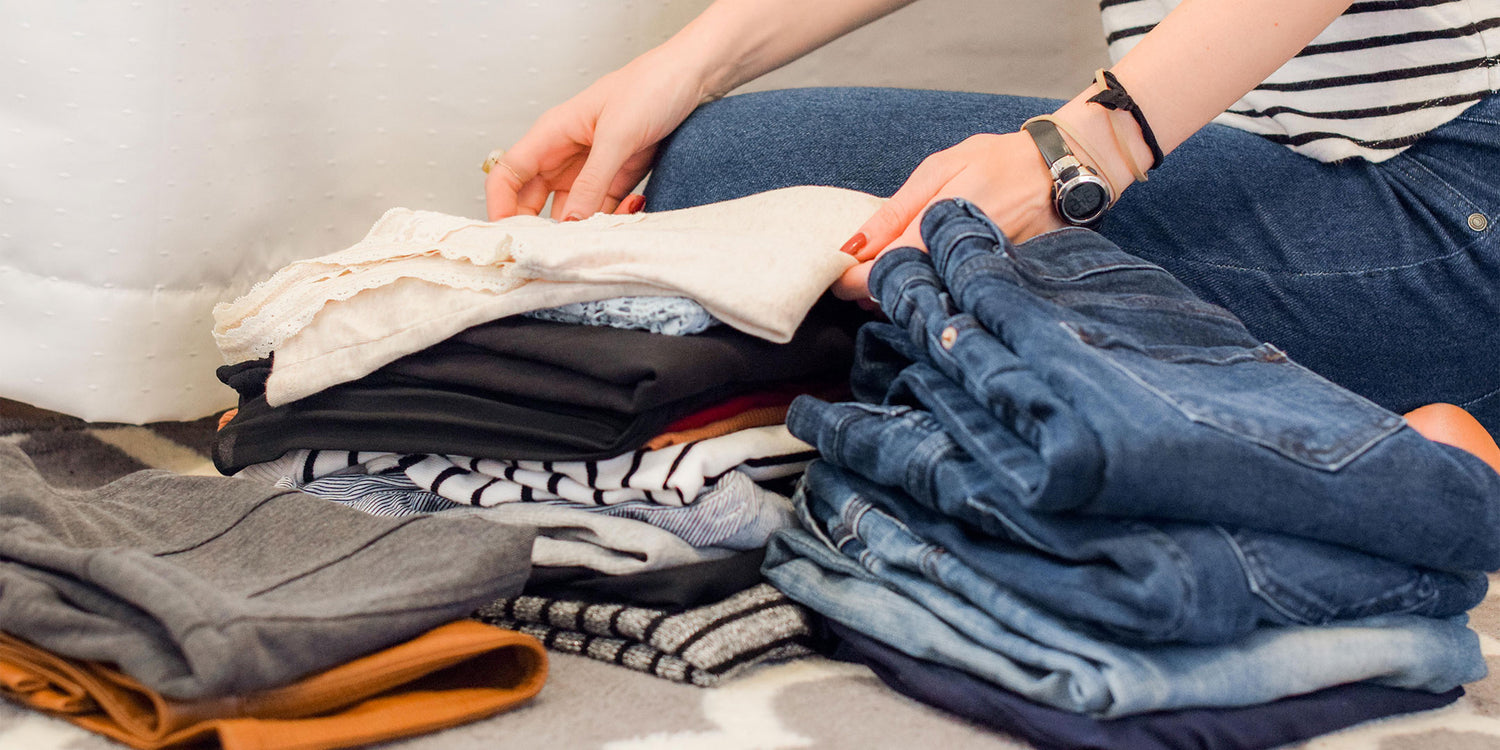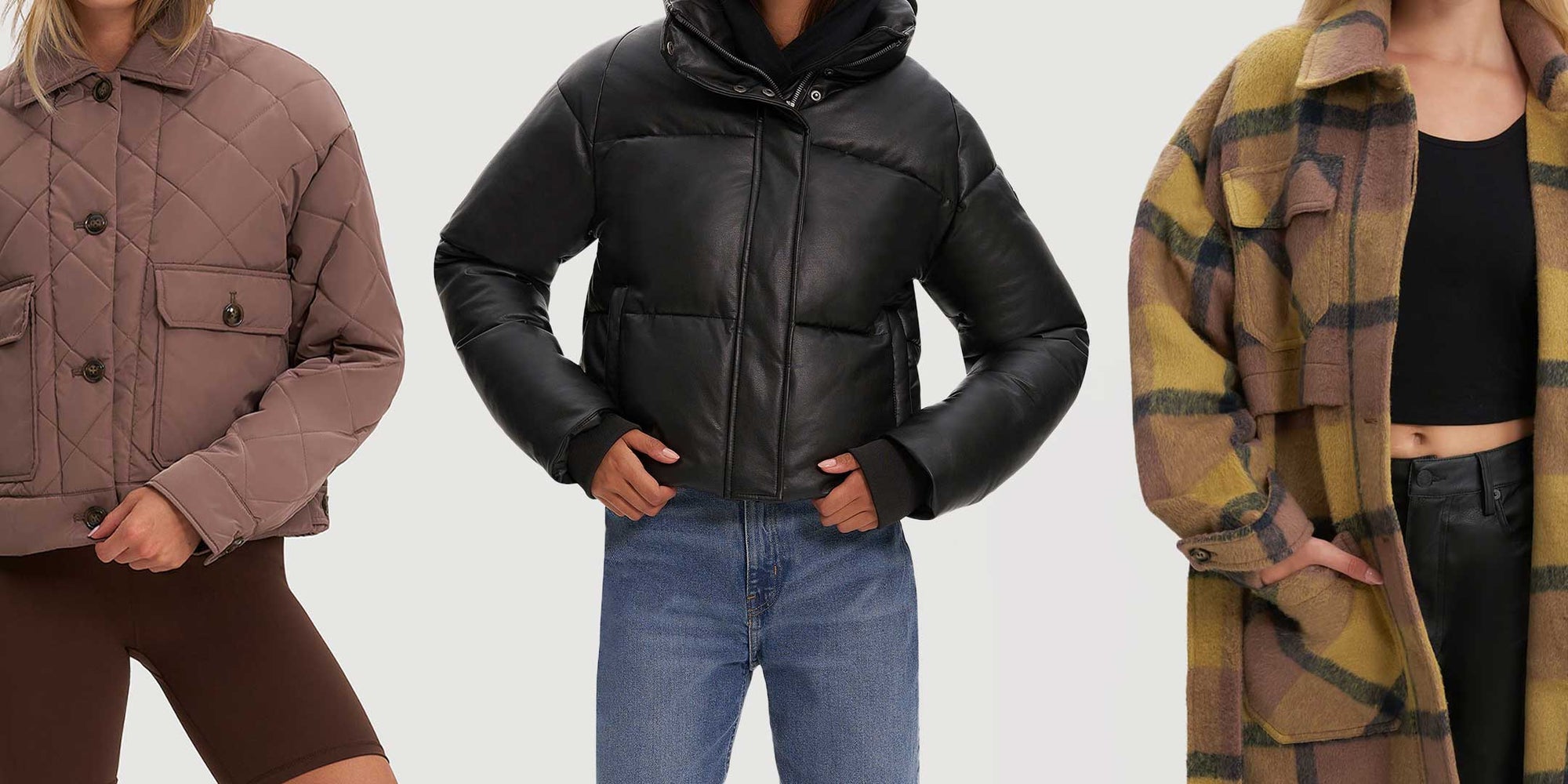The weather is getting cooler, and we’re looking to clean out our wardrobe. Some clothes we haven’t worn in the past year (or a few years). Some are missing buttons, or zippers, and have ripped. Other clothes are no longer part of our style. You’ve finally decided to get rid of the clothes that no longer serve you, maybe Marie Kondo-style.
But getting rid of old clothes doesn’t have to be wasteful. We know sorting out piles of clothes, calling places to donate, organizing swaps, etc. is time-consuming, but throwing your clothes away is actually really hard on the environment. It takes cotton 1 week to 6 months to decompose and wool 1-5 years. The worst of them all is polyester, which can take anywhere from 20 to 200 years to decompose.
There are so many reasons to find alternatives to tossing your clothes into the garbage bin. People throw away 37 kilograms of clothing every year and 95% of that could have been reused or recycled. Also, the fashion industry is responsible for 10% of all greenhouse gas emissions and 20% of global wastewater.
Getting rid of your clothes wastefully is killing the planet. We know we can all do better. Besides, recycling your old clothes is a lot easier than you might think.
What To Do With Your Old Clothes
Now you’re wondering, “Okay, so if I can’t throw my old clothes away, how can I recycle them?” SO MANY THINGS. You’re really only limited by your imagination with what you can do with your old clothes. In our list, we’ve narrowed it down to our favorites: donate your old clothes to organizations, swap clothes with friends, sell your gently used clothes, compost your clothes (yes, seriously), repurpose them, and repair them.
They’re all pretty straightforward ways to recycle old clothing. Not only will you get rid of clothes you no longer need, but you may also learn new skills and you’ll definitely help others.
Donate Your Old Clothes To Organizations

Of course, you could donate your clothes to thrift stores. That’s honestly the easiest way to go about this. But you probably already knew you could give your clothes to places like the Salvation Army, Value Village, or Donation Town.
Outside of donating your clothes to corporations, you can actually help many people in need by donating to:
- Public schools
- Animal shelters (sometimes they’ll accept old clothing for bedding
- Hospitals (usually new clothes only)
- Domestic violence organizations
- Youth emergency and homeless shelters
- Nursing homes
- Rehabilitation centers
- Free clothing banks
- Refugee organizations
- LGBTQIA+ organizations
- Foster care programs
These are just some ideas. Make sure you contact the organizations first to see what they can accept.
Swap Clothes With Friends

Swapping clothes with friends is an easy and free way to get rid of your clothes while also finding something new. What you might not want to wear any longer could be your friend’s next favorite top. Plus, it’s an excuse to get together with friends, maybe drink some wine, and “shop” their closets.
It’s simple to do: Call a few friends and ask them to each bring at least five garments they no longer wear. You can even post on Facebook and Instagram to invite friends or show what’s up for grabs to entice more of them to join you.
If that’s not your style, but you still want to give your clothes away within your community, there’s the Buy Nothing Project with communities around the world where you can join and gift your gently used clothes.
Sell Your Gently Used Clothes

Host a bazaar
Yes, that’s a fancy way to say garage sale, and it’s a street of small shops, but if you have clothes worth money and you haven’t worn them all that much, girl, earn yourself some cash.
This differs from hosting a clothing swap with friends because this time you’re making money. Plenty of people sell their goods from their front door, lawn, or garage. Make a sign, organize your clothes in a way that suits window shoppers, and hang out for the day in your front yard, making extra cash for things you don’t wear or use anymore.
Consignment Store
If you have a lot of designer clothes, and the thought of organizing a “bazaar” sounds a little too arduous, visit a local consignment store. They buy gently used clothes that are fashionable and usually have a well-known name tag.
Also, they won’t buy them for how much you think they’re worth. You may only get a few bucks from them, but hey, it was more money than you had with the jeans hanging in your closet and now you’ve cleared out some space too.
Compost Your Clothes
Yes, you can totally compost your clothes! If your clothes are made from natural materials like wool, cotton, hemp, linen, or silk, you can actually let them degrade on their own in your backyard (or wherever you compost). Make sure you don’t compost something with polyester in it. Polyester is a synthetic fiber—and if you read earlier—it can take 20-200 years to decompose. The last thing you want to do is bury clothes in some dirt only to find them 20 years later, still fully intact.
Before composting, make sure you remove any buttons, zippers, tags, or any other non-compostable elements. If you have printed clothes, check to see if they are biodegradable. If not, avoid trying to compost those. After you’ve removed all that, shred the clothes as finely as possible. Get them wet and add them to your compost bin.
If you use a residential composting service, verify they accept clothing because not all of them do.
Repurpose Your No-Longer-Needed Garb

Your denims have seen better days. Your shirt may have an un-fixable tear. Don’t throw them away—repurpose them! There’s plenty you can do besides throwing away your clothes.
For starters, ripped clothes can be repurposed into cloths, rags, and dusters. Anyone can use a cloth or rag. If you don’t want to get crafty, then take that old shirt, grab some pinking shears, and cut it into your next kitchen rag to clean up spills. Not only do you give your shirt a new life, but you’re saving the environment by not using paper towels.
If you want to make something new from your old clothing, here are some ideas:
- T-Shirt Rug
- No Sew T-Shirt Tote Bag
- T-Shirt Blanket
- Braided Storage Basket with Handles
- No Sew Denim Dog Toy
Give your old clothes a second life. Learn a new skill. An old shirt can become a pillow or many shirts can become a blanket. Help the environment by turning something old into something new.
Repair Your Clothes Instead Of Getting Rid Of Them

Sometimes we lose a button from a shirt or a thread comes loose and instead of repairing it, we stuff the clothes to the back of the closet or to the bottom of the drawer, or worse—throw them away.
Instead of being wasteful, consider repairing your clothes. You don’t need a sewing machine or superior skills to mend a hole, reattach a button, or repair a loose thread. You can actually learn some of those skills online or on YouTube.
If you don’t have the time or interest to learn a new skill like this, there are tailors, and sewing and altering professionals everywhere. You can pay someone to fix your clothes if you’d like instead of dumping them in the trash.
Going through your dresser and closet can actually lead you to creating something new, helping others, and saving the environment. Be creative and try to give your clothes another life.







